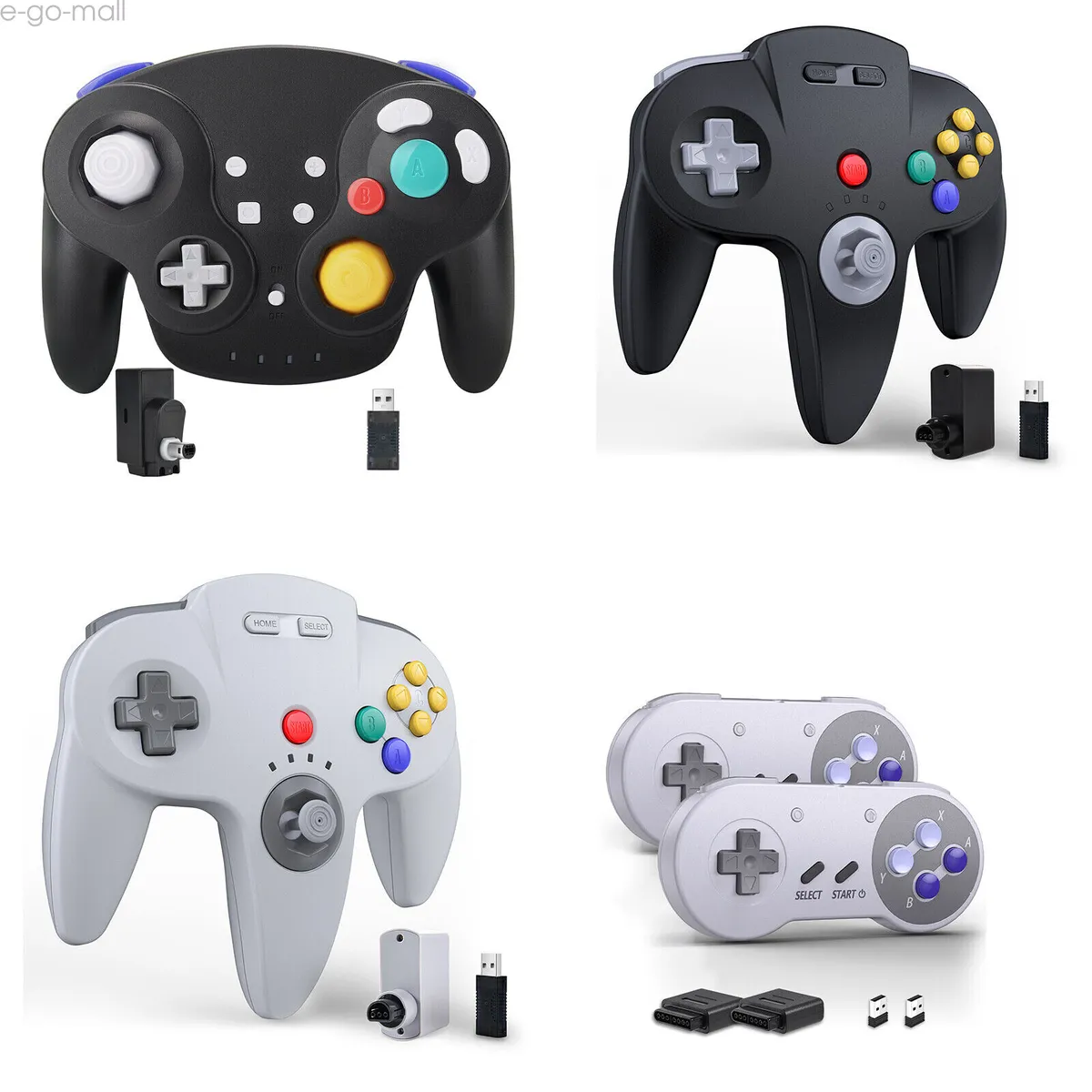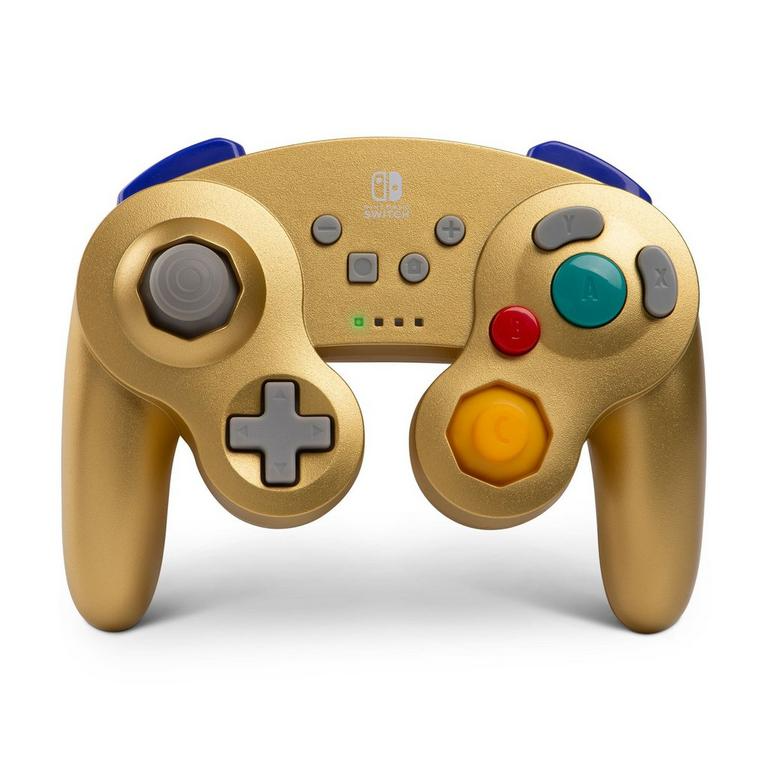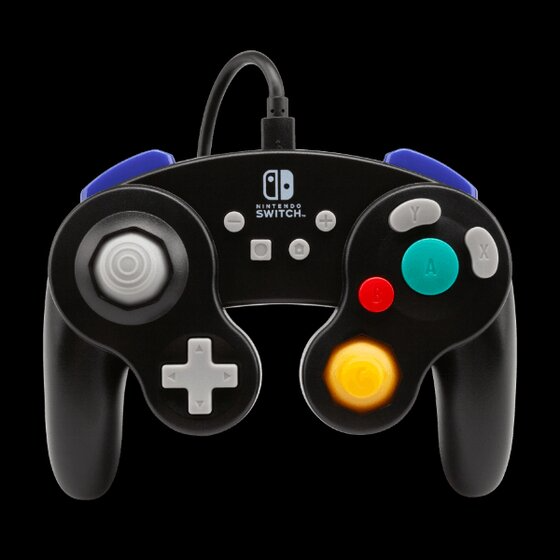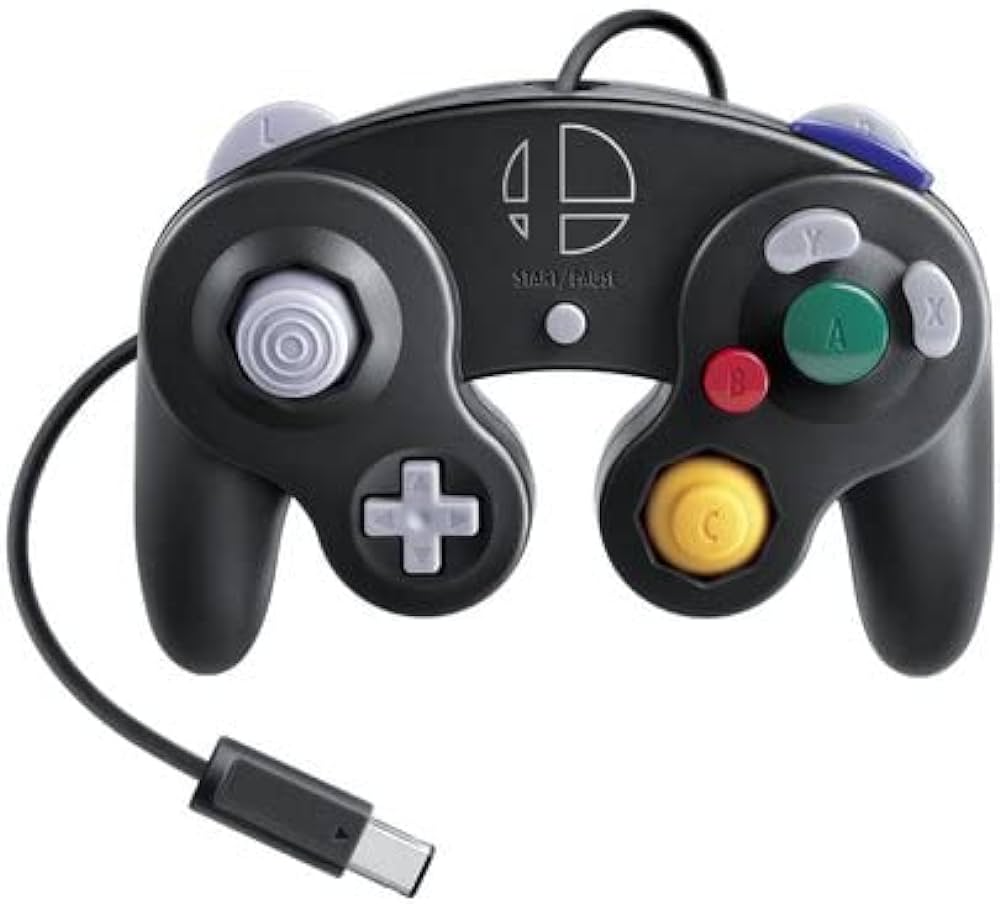A Blast from the Past, Reimagined for the Future
In an era where gaming technology hurtles forward at breakneck speed, the nostalgia for classic controllers remains strong among gamers. Among these, the Game Cube controller holds a special place in many hearts, evoking memories of iconic games like Super Smash Bros. Melee and The Legend of Zelda: The Wind Waker. Recognizing this sentiment, Nintendo has brought back the cherished GameCube controller compatibility with its latest console, the Nintendo Switch. This move not only caters to the nostalgic desires of long-time fans but also introduces a new generation to the unique feel and functionality of this iconic controller.
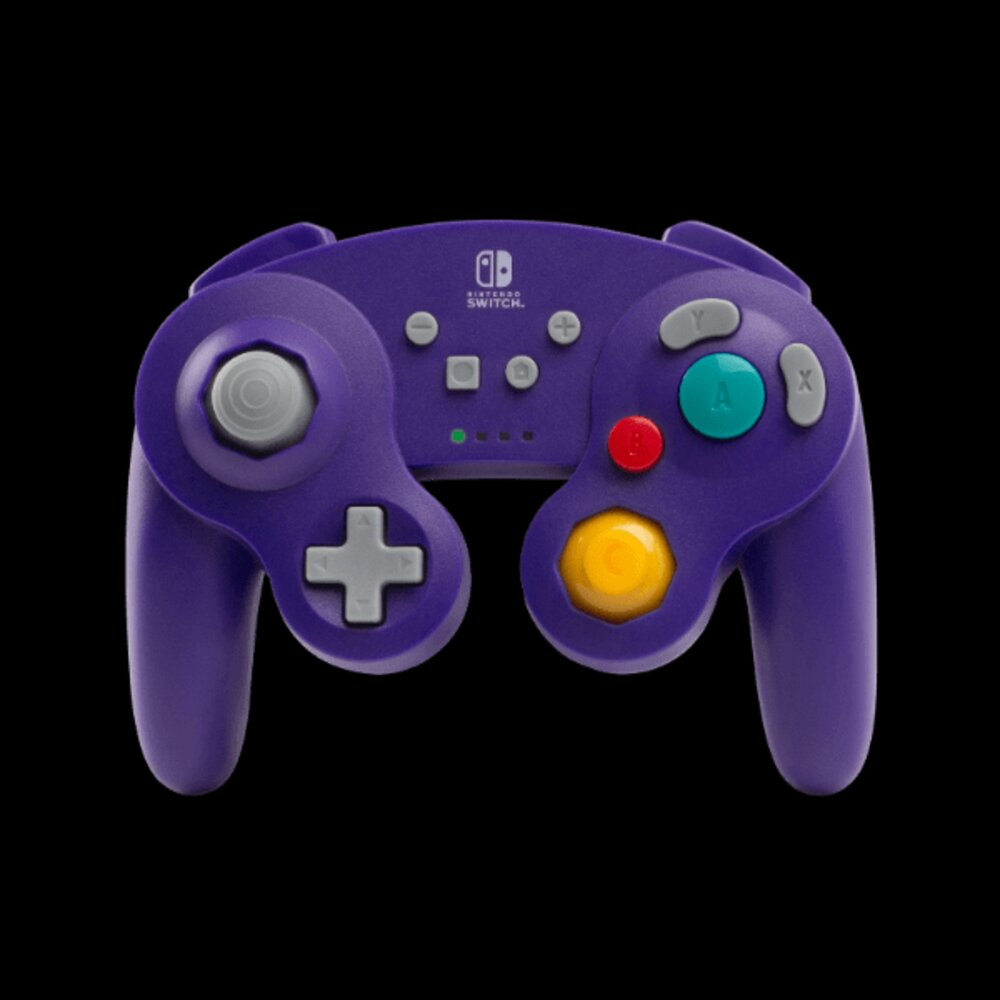
The Evolutionary Leap: GameCube Controller Meets Modern Gaming
A Seamless Integration
Despite being a relic from the early 2000s, the Game Cube controller’s compatibility with the Nintendo Switch showcases Nintendo’s commitment to honoring its past while embracing the future. With a simple adapter, players can connect their original or newly-released Game Cube controller to the Switch, allowing them to enjoy a wide array of games, most notably Super Smash Bros. Ultimate, with a sense of familiarity and comfort that modern controllers might not offer.
Preserving the Essence, Enhancing the Experience
The integration isn’t just about plugging in an old device; Nintendo has ensured that the Game Cube controller’s unique features—such as its ergonomic shape, distinct button layout, and the highly praised C-stick—function flawlessly with the Switch’s software. This means that players can expect the same precision and responsiveness they remember, now optimized for today’s games. The result is a fusion of nostalgia and contemporary gameplay that feels both fresh and familiar.
Beyond Super Smash Bros.: Exploring New Possibilities
Expanding the Controller’s Horizons
While the Game Cube controller’s compatibility may have initially been designed with Super Smash Bros. Ultimate in mind, enthusiasts have ventured beyond this flagship title, exploring how the controller enhances other games on the Switch. From platformers to racing games, players are rediscovering the joys of the controller’s design in unexpected genres, demonstrating its versatility beyond its fighting game roots.
Custom Mapping and Adaptability
Thanks to the Switch’s customizable control options, users can remap buttons on the Game Cube controller to better suit various games. This adaptability ensures that even games initially designed for the controller can be enjoyed with a personalized touch, further expanding the controller’s utility on the Switch platform.
The Community’s Embrace
Competitive Edge and Community Spirit
In the realm of competitive gaming, particularly within the Super Smash Bros. community, the Game Cube controller is more than a mere accessory; it’s a weapon of choice. Professional players and enthusiasts alike swear by its precision, making it a staple in high-level tournaments. The Switch’s compatibility ensures that this competitive spirit carries on, unifying players across generations under a shared love for this iconic controller.
A Collector’s Dream
Beyond practical use, the Game Cube controller’s resurgence on the Switch has ignited a collector’s frenzy. Limited edition controllers, inspired by popular game franchises, have become prized possessions for enthusiasts, adding another layer of excitement to the Switch gaming experience. These controllers not only serve as functional tools but also as tangible links to gaming history and culture.
The Future of Retro-Modern Gaming
The future of retro-modern gaming is an exciting blend of nostalgia and innovation, where classic gaming experiences are reimagined with modern technology. This fusion not only appeals to long-time gamers who grew up in the golden age of video games but also attracts new audiences who appreciate the simplicity, charm, and challenge of older titles. Here are some key aspects that shape the future of this trend:
Remastered Classics
One of the primary drivers of retro-modern gaming is the remastering or remaking of classic games. These projects often involve updating graphics to high definition, enhancing audio quality, and sometimes even introducing new gameplay mechanics or content while preserving the original game’s essence. Examples include the “Crash Bandicoot N. Sane Trilogy,” “Final Fantasy VII Remake,” and “Resident Evil 2” (2019).
Virtual Console & Subscription Services
Digital platforms like Nintendo Switch Online, PlayStation Now, and Xbox Game Pass offer access to extensive libraries of classic games. These services allow players to enjoy retro titles without the need for original hardware, providing a convenient way to experience gaming history.
Retro-Styled New Releases
A growing trend is the development of new games designed to look and feel like classics from the 8-bit, 16-bit, or even 32-bit eras. Titles such as “Shovel Knight,” “Cuphead,” and “Axiom Verge” have gained significant followings by combining retro aesthetics with modern design principles and mechanics.
Hardware Revivals
The release of miniaturized versions of classic consoles (e.g., NES Classic Edition, Sega Genesis Mini) and devices like the Analogue Pocket, which can play original Game Boy cartridges in high fidelity, cater to fans who want a physical connection to the past. Moreover, there’s a rise in DIY kits and FPGA-based systems that allow for high-fidelity emulation of vintage hardware.
Community and Modding
The gaming community plays a vital role in keeping retro games alive through mods, fan translations, and game preservation efforts. Platforms like ROM hacks and fan-made sequels extend the life of beloved games, while communities on Reddit, Discord, and Twitch foster spaces for sharing experiences and knowledge.
Cross-Platform Compatibility and Cloud Gaming
As cloud gaming and cross-platform compatibility become more prevalent, retro games could see a resurgence in accessibility. Imagine being able to play your favorite NES games seamlessly across your phone, laptop, or smart TV, without needing to own multiple devices or consoles.
VR and AR Integration
While still speculative, the integration of virtual reality (VR) and augmented reality (AR) technologies could offer entirely new ways to experience classic games. Imagine exploring the worlds of “Super Mario Bros.” in VR or catching Pokémon in real-life AR environments.
Education and Preservation
Museums, archives, and educational initiatives are recognizing the cultural significance of video games and working to preserve gaming history. Efforts like The Video Game History Foundation and the National Video game Museum ensure that the stories and artifacts of gaming’s past are not lost.
In summary, the future of retro-modern gaming looks bright, fueled by a combination of technological advancements, nostalgic appeal, and creative innovation. It promises to keep the spirit of classic gaming alive while introducing these timeless experiences to new generations of players.
Conclusion
In conclusion, the Game Cube controller‘s compatibility with the Nintendo Switch represents more than just a technical achievement; it’s a celebration of gaming history and a testament to the enduring affection gamers hold for classic controllers. Through thoughtful integration and community embrace, Nintendo has breathed new life into a nostalgic favorite, solidifying its place in the ever-evolving landscape of gaming.
